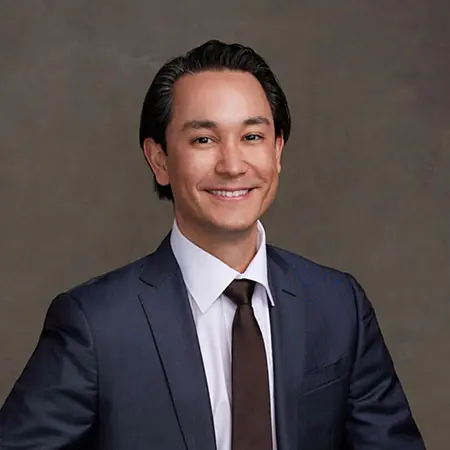November 28, 2022 | Scar revision procedures
5 minute read
Scar formation is a natural part of the healing process when there is a break in the skin. Skin breakages can result from accidental lacerations, skin diseases, and surgical incisions. Most minor cuts gradually improve and fade over about a year. However, more extensive and severe injuries may result in unsightly scars that persist. Additionally, some people may be more prone to scarring than others because of their age, genetics, and other medical conditions.
Since scars form over weeks to months, we have the opportunity to modify how the scar will heal early in the healing process for a more favorable outcome. Unfortunately, older scars or more severe scars will reach a point where they cease to improve. Therefore, surgical procedures may be considered for these types of scars.
Topical treatments
The wound healing and scar formation process take weeks to months. The long duration of this process can be frustrating, particularly if the scar is in a highly visible location such as the face. The human body is remarkable in its ability to heal, and it is important to give the body enough time to repair the skin.
Standard care for a wound or incision includes:
1. Keeping the area clean.
2. Applying antibiotic ointment or Vaseline ointment two to three times a day to keep the skin moist.
3. Minimizing sun exposure to the site.
Many scars appear red and prominent initially because of the inflammatory processes that occur during the early healing stages. It is a mistake to attempt to intervene with scar revision too soon because there is a good chance that the scar will heal just fine once the inflammation subsides. Therefore, it is important to be patient during this period. Furthermore, another procedure performed on the scar while it is still in the inflammatory stage would only cause more inflammation, and it would be unclear whether the additional procedure helped.
Depending on the location and severity of a wound, we recommend watchful waiting for 3 to 6 months while observing the above standard wound care practices. Of course, an open injury or an injury requiring sutures should be taken care of promptly.
Itching may occur during the healing process and can be treated with over-the-counter oral antihistamines, antihistamine creams, or steroid creams.
Once the scars have healed sufficiently and are no longer weeping, you can use silicone gels and sheets. Silicone helps with healing by maintaining moisture and reducing friction on the scar. Silicone gel is thinner than antibiotic and Vaseline ointment, so it’s easier to manage daily. At this time, you can also start applying sunscreen on the scar if it is in an exposed area. We typically have patients use silicone gel or sheets for 2 months and sunscreen for 6 months for optimal results.
Injections
Scars can sometimes become red, thickened, and raised during the healing process. In these situations, we can inject small amounts of corticosteroids into the scar to reduce the inflammation and decrease the scar tissue. Depending on how the scar tissue responds to the corticosteroid injections, several rounds of injections spaced 4 to 6 weeks apart may be beneficial.
Alternatively, some older scars may result in depression. In these cases, dermal fillers may be used to fill in these scars. However, these will have to be repeated every 1 to 2 years since dermal fillers are temporary. For those who like how the fillers can fill in a depression but who want a more permanent solution, fat transfer is an excellent alternative.
Surgical scar treatments
Prominent scars that are no longer improving and recalcitrant to conservative measures may benefit from one of many scar revision procedures to improve their appearance.
For starters, skin resurfacing removes the top layer of scarred skin so that new, smoother layers of skin can form. Once the scar has healed sufficiently from the original accident or surgery, skin resurfacing can be performed. Skin resurfacing can be achieved with dermabrasion, chemical peel, and laser. Dermabrasion utilizes a small rotating device to “sand” away the top layer of the scar; this is a good choice for spot treatments. Chemical peels employ chemicals that burn away the top layer of skin. Laser resurfacing concentrates light energy to evaporate tissue up to a predetermined depth. While the chemical peel is a proven treatment, we find laser resurfacing more consistent in its depth of treatment. Therefore, we utilize dermabrasion primarily for more minor scars, and because laser skin resurfacing has a more consistent depth of treatment, we use it for more extensive scars and full-face treatments in our practice.
Some types of scars may require more than resurfacing to improve satisfactorily. In these cases, we can rearrange the scar, excise the scar or replace the scar with a skin graft to enhance its appearance. Scar revision procedures can be relatively straightforward or very complex, depending on the size and location of the scar. However, due to the proximity to vital structures on the face (eyes, nose, mouth), scar revision of the face can be pretty complex, and improperly performed scar revisions can cause new, unintended functional or cosmetic issues. Therefore, if you are considering treatment options for facial scars, you should consult with a board-certified facial plastic surgeon.




